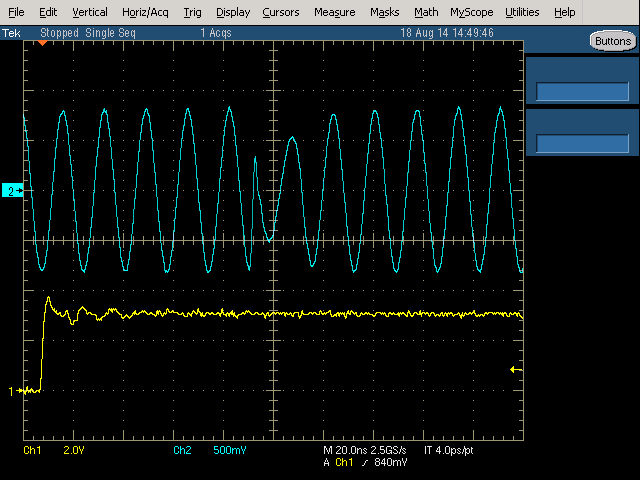The P_1
Post on: 16 Март, 2015 No Comment

Related Fundamental Analysis articles
The P/E Ratio: Finding a Bargain-Priced Stock
There are potentially dozens of indicators and ratios you can use to study the financial statements of a company. For the purpose of creating a basic starting point, focus here is on a very short list of fundamental indicators. These can be based strictly on the financial information you extract from the financial statements or, in one important exception, may combine financial and technical sides. This one exception is the price/earnings ratio (P/E). This is a comparison between the price per share and the reported earnings per share (EPS) reported most recently by the company.
The P/E ratio is a good place to start in exploring a range of fundamental indicators because it combines technical (price) with fundamental (earnings), and also because it matches dissimilar timing indicators. Price is current, whereas earnings may be as much as three months in the past and not always reflective of what is going on today.
Key Point
The P/E ratio combines technical (price) and fundamental (earnings) information to create a hybrid indicator.
Some analysts like to use forward P/E to analyze companies and their current earnings potential. This is a comparison between current price and estimated earnings for the coming year.
Justification for the forward P/E is that it makes the indicator more current. However, a lot of change can take place in the future, and as an indicator of stock value, forward P/E is not a reliable one. Any indicator that includes estimates should be used only cautiously.
Key Point
The forward P/E is a diffi cult indicator to rely upon, because it uses estimates in place of published results. The historical P/E is more reliable, when studied over a 10-year period.

In calculating the historical P/E, the current share price is divided by the latest reported EPS, or earnings per share:
P ÷ E = P/E
For example, if the latest reported price per share is $42.50 and the latest reported EPS was $2.85 per share, P/E (rounded up) is:
This calculation applies to the current price. However, given the problem with timing of the two sides of the P/E, how can this ratio be used reliably to judge a company and its stock price? The real value in fundamental analysis requires long-term trend tracking, and the P/E is no exception to this. You need to find companies with a long record of the P/E remaining within what you consider a reasonable point range. For many, this is between 10 and 25, although opinions also vary. The higher the P/E, the more expensive the stock; that is the important thing to remember.
Tracking the P/E range for a 10-year period demonstrates how the historical range of P/E from highest to lowest per year helps to find price and value stability. In Figure below, the 10-year high and low P/E for General Mills (GIS) is summarized.














